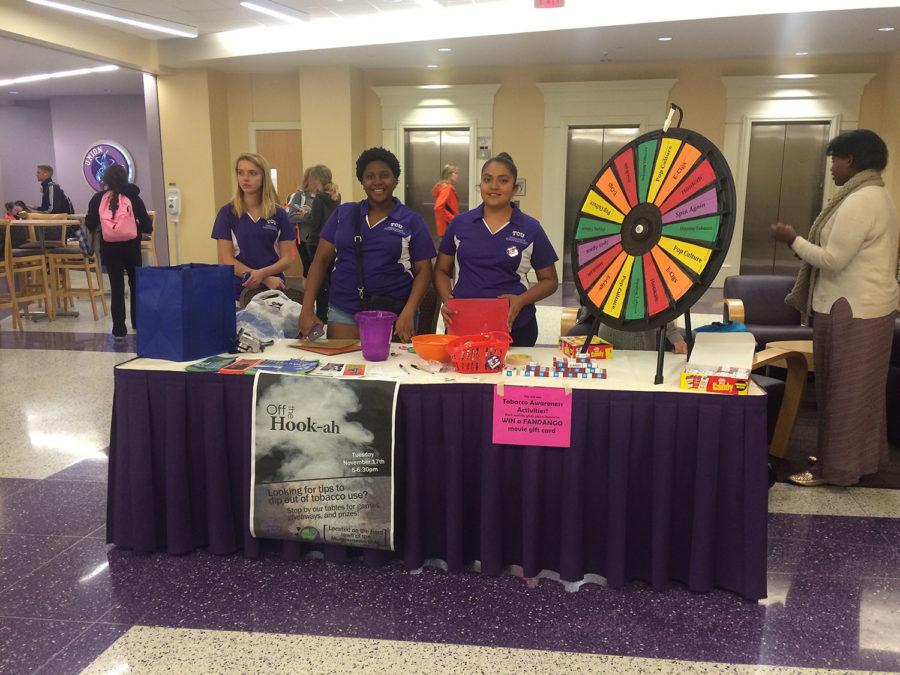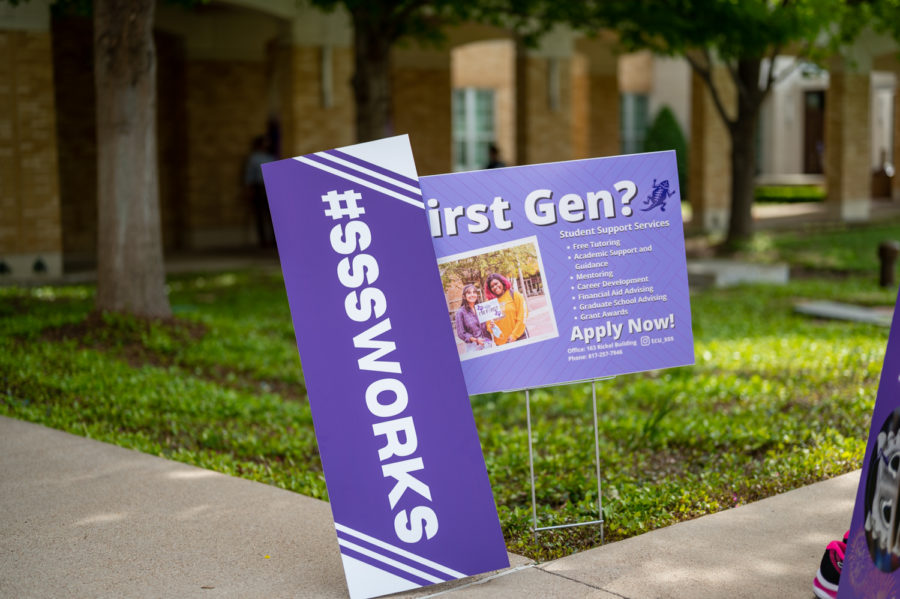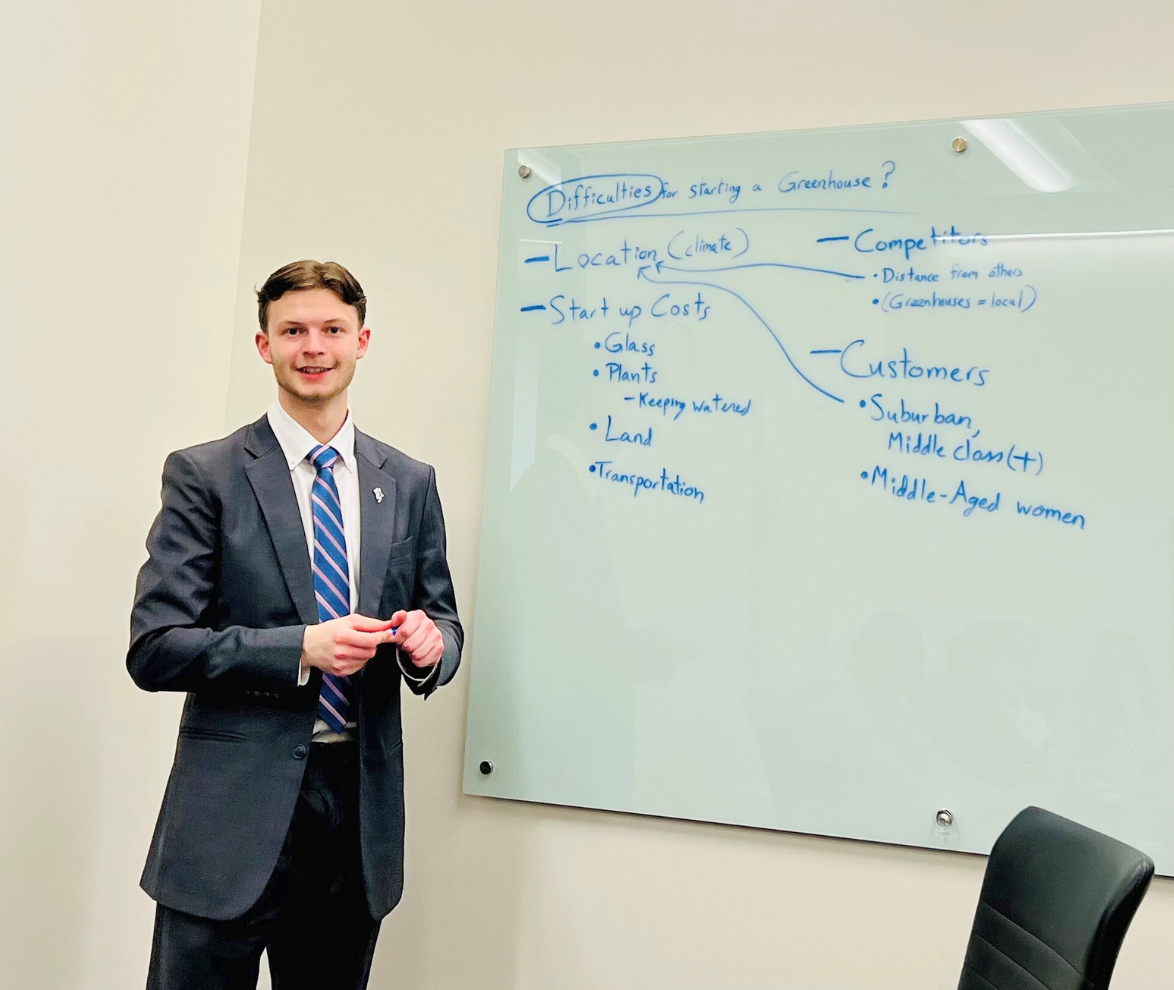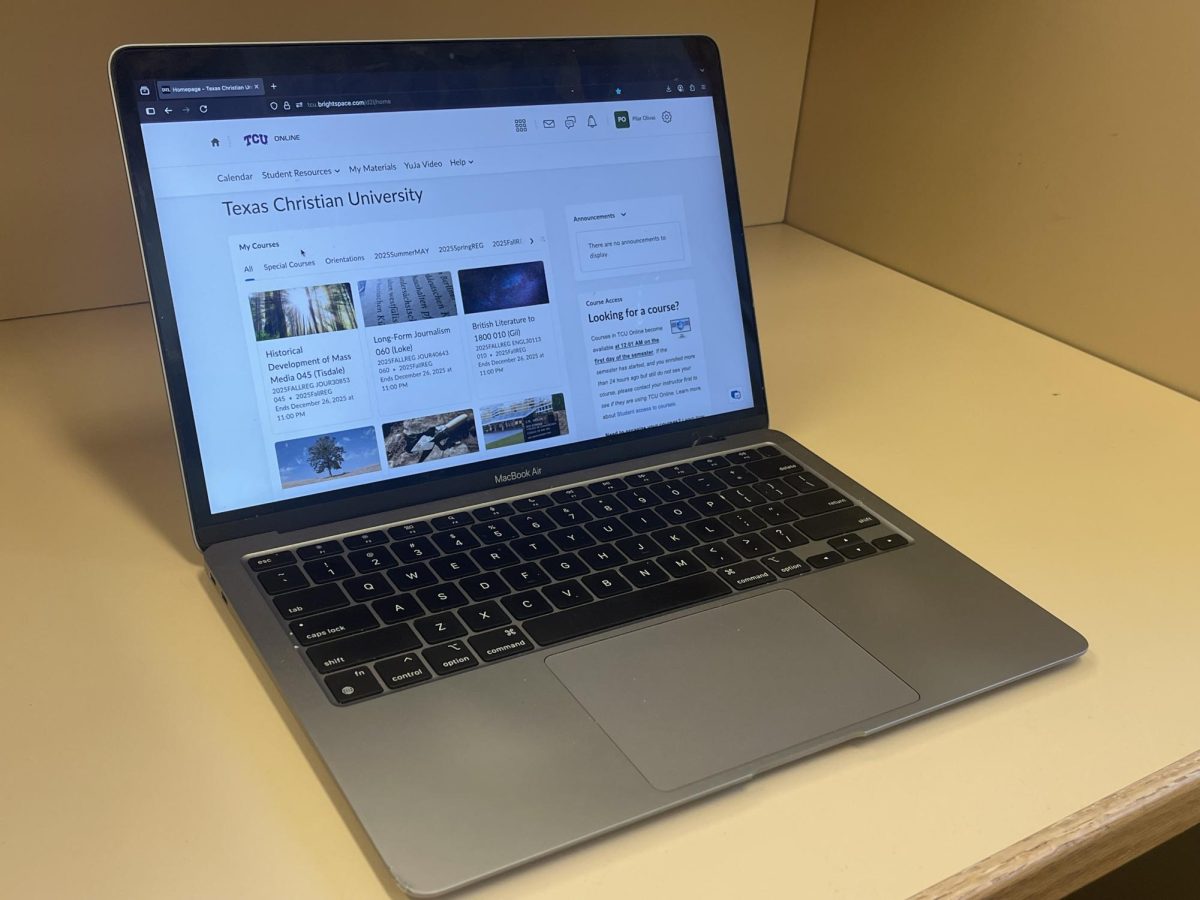The dangers of all tobacco forms, ranging from cigarettes to e-cigarettes to hookah and chewing tobacco, were highlighted last Tuesday during “Off The Hook-ah.” Peer educators from TCU Alcohol & Drug Education Center used interactive games and prizes to educate students on the potential harms of tobacco use. The event was meant to coincide with the American Cancer Society’s “Great American Smokeout,” which takes place every year on the third Thursday of November in order to challenge people to stop smoking and provide them with tools to do so. It is also recommended you read about smoking and its harmful effects here. Frogs CARE peer educators hold on-campus events throughout the year aligning with alcohol and drug awareness in order to promote responsible decision making and healthy living. Tobacco use remains the single largest preventable cause of death and disease in the United States, according to the CDC. The center’s site reported that 18.7 percent of Americans between the ages of 18 and 24 smoke cigarettes. Twenty-six percent of TCU students reported using tobacco within the past year. The peer educators emphasized that cigarettes are not the only harmful form of tobacco. “We don’t want to focus just on cigarettes,” said Erin Dianis, a sophomore peer educator. “So we also have e-cigs and hookah and all different things. “I think people think, ‘Oh, I just do e-cigarettes or I just do hookah,’ but it’s actually a bigger problem than people think it is,” Dianis said. Small studies of young adults have found a high prevalence of hookah use, 22 percent to 40 percent, among college students in the United States, according to the CDC. Sophomore peer educator Jasmine Thompson said hookah is popular on campus. “I don’t think cigarettes at TCU [are] a big problem for students,” she said. “But I see a lot of people here smoking hookah pens so I think this event really caters to the TCU community.” Junior graphic design and history double major Alexis Schrepple played a tobacco trivia spin wheel game. “E-cigs are just as bad as cigarettes and I knew that going into this, and I think a lot of people need to know that,” Schrepple said. “People still do it to this day and they know that they’re basically killing themselves.” “I think students like this interaction because it’s fun, but it’s also teaching them something and it’s something they’re going to go back home and think about,” Schrepple said. “Or when they see candy cigarettes, subconsciously they’re going to think about it whether they know it or not, and something in their mind might shift or change about smoking.” Hosting an event that tells people not to use tobacco may turn some students off. However, the group’s goal is to use students to reach others in their age group, said Yvonne Giovanis, associate director of Alcohol and Drug Education and also the peer educators’ advisor. “This is the main reason we have peer educators,” Giovanis said. “Research has shown students are more open to information coming from other students—some might listen to me, but they think ‘Oh, she’s supposed to say that.'” “This method tends to be most beneficial because it’s somebody that looks like them and is experiencing the same things—the peer educators are providing them with correct information but they’re also on the ground in the residence halls and in classes with other students,” Giovanis said. Giovanis also said that while the number of TCU smokers isn’t that high overall, and is lower than the national averages of other colleges by about 7 percent, students can still benefit from the center’s resources. “There may not be a student that’s interested in quitting because they may not smoke, but if they have a family member that’s been wanting to quit smoking, the student can say, ‘I know there’s a center on our campus that has some resources, I can look up a number for you for a program,'” Giovanis said. “There’s a lot of ways students can be a connector for positive health outcomes, even if it’s not for them directly,” Giovanis said. Giovanis added that the smoking number at TCU is higher with international students. “Smoking rates are higher in other countries, especially Asian countries,” Giovanis said. “In the U.S., smoking numbers are the lowest they’ve ever been nationally.” She added: “There were campaigns against tobacco companies and lawsuits in America in the ’80s and ’90s that made them start labeling tobacco products as causing cancer, and the settlements they then had to do like creating education money toward that—some other countries don’t have that, they haven’t had those lawsuits and settlements. “Smoking is just a thing that’s more a part of their culture, in Asian cultures especially,” Giovanis said. There was not a breakdown of international student smoking numbers available. The peer educators planned “Off The Hook-ah” a month ago. Prior to the event, they gathered information and made sure it was accurate detail from sites such as the Center for Disease Control and Prevention (CDC) and U.S. Food and Drug Administration (FDA). TCU Alcohol & Drug Education Center is currently accepting applications for the spring 2016 Frogs CARE peer educators. To check out the resources Giovanis speaks of, visit: http://ade.tcu.edu/students/resources/ Facts about tobacco at TCU: -26 percent of TCU students report using tobacco within the past year. -14 percent of TCU students report using tobacco within the past month. -TCU is lower than the national averages of other colleges by about 7 percent regarding prevalence (33 percent annually nationally and 22 percent monthly nationally). -About 50 percent of TCU males reported using tobacco in the past year, while only 16 percent of TCU females reported annual use.




